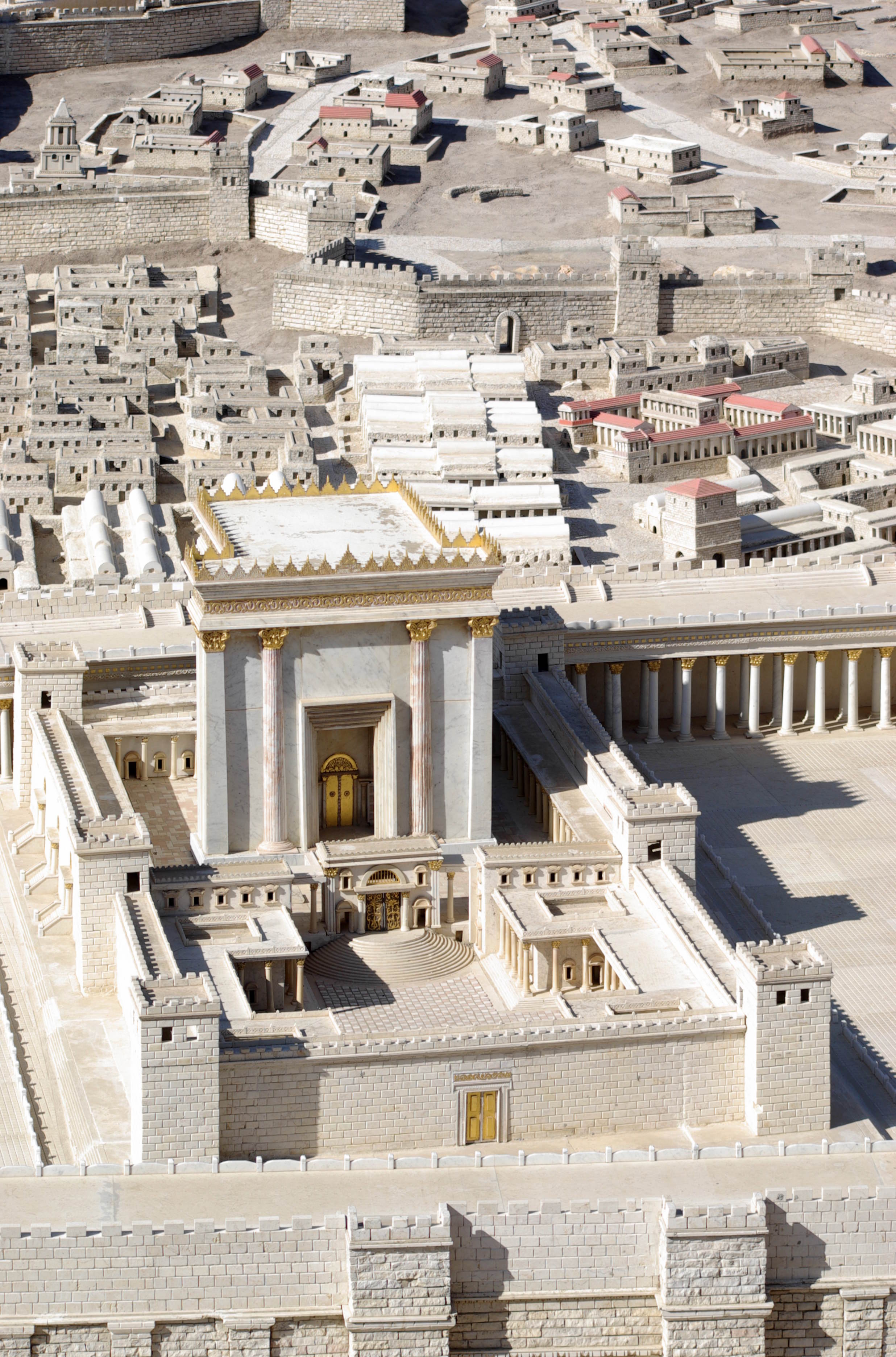Searching for the Axis Mundi After Exile
“The loss of homeland meant that the link with heaven, which alone made life supportable, had been broken,” (Armstrong 82)
A concept that has been tangentially discussed in class is what happens when a sacred space is destroyed. There has been so much turmoil and dissent amongst the communities of Jerusalem, it is impossible to ignore. Certain sacred spaces, like Al Aqsa Mosque, were previously designated as sacred spaces for a different faith than it serves now. But, it still serves a religious community. The beginning of chapter five, “Exile and Return,” depicts the destruction of Jerusalem and how it felt like “the end of the world” (Armstrong 79). Humans only have so much power; if something sacred is destroyed, it is often assumed to be irreplaceable. It has been seen in the religions of the book that God will destroy not just temples, but whole towns or cities as a punishment to humankind. Armstrong also says that “the authors knew that Yahweh had destroyed the city because of the sins of the people of Israel” (Armstrong 80). But, we know that the Jewish community bounced back; so, what comes next?
When something sacred loses its sacredness, not even at the hands of humans but supposedly God himself, a sense of displacement follows. Armstrong divulges the idea that Jerusalem severely declined after the destruction of the Temple, and that it was exiled for over fifty years. The holy land no longer holds the same significance it once did, because what was considered holy has been vitiated. Destruction will initiate decline, no matter what type of infrastructure is in place. Oftentimes, it is wealth and power that heals these wounds. This alludes to the idea that, once again, power is inextricable from the inner workings of a society, not excluding religious communities.
The solution to the ruined Temple was to build a replica on Yahweh Sham, symbolizing that “the holiness of Yahweh was to be segregated more carefully than before from the profane world,” (Armstrong 85). When a community suffers over the loss of something important, they find that their collective strength is tethered to a force. In this instance, this force manifests itself as an axis-mundi with Yahweh at the center. The Exiled left Jerusalem and found a new place to set-up shop, just for Yahweh to also leave Jerusalem. He finds his community of followers in this new place as they continue to worship him. So, while wealth and power may be driving forces in certain scenarios, sometimes it is simply community in others and the draw towards an axis mundi.


Nice post about how the Judean community adapted to their exile and loss of sacred space by rethinking the nature of their axis mundi; in this case we might see Ezekiel's vision of the chariot of YHWH moving from Jerusalem to Babylonia as an argument for a movable axis mundi. Of course, even those who rethought their concept of the nature of the divine didn't completely lose their connection to Jerusalem, which we see both with the return of many of the exiled after the first exile, and the development of a liturgy centered on Jerusalem and a longing for a return after the destruction of the 2nd Temple.
ReplyDelete